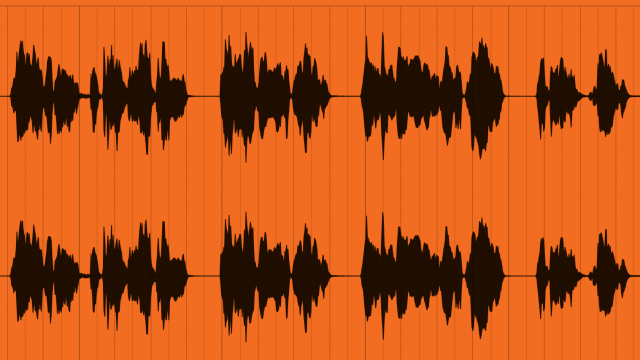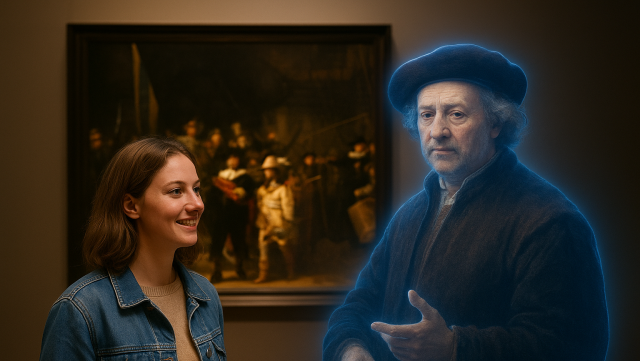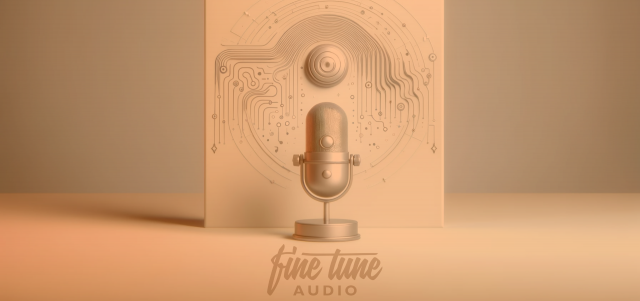
Silence in Sound Design - The difference maker
Why sound design makes a difference
How often do you think about the sound design in a movie? What does it do for the audience watching and listening? Speaking from the perspective of me, the writer, I never really knew what difference sound design actually made. That was, until my music teacher in grade 6 showed us a horror movie, with the music and sound effects from the ‘Teletubbies’. In short, I went away with two take-aways after that class: horror stopped being as scary, and the power of sound design was suddenly made much clearer to me (or at least I began to understand it). So, why is it affecting our experience so much, and what tricks do sound design artists use to immerse us in their world?
To start off; think of how it feels when there is no sound at all. A complete silence in movies often creates an eerie or uncomfortable effect. Or just take silence in conversations with people you don’t know that well, we’ve all had them: uncomfortable silences. We are so used to sound all around us, that absence of it, especially when we expect sound, makes us uncomfortable. And we expect sounds everywhere.
There are sounds and noises everywhere you listen, even though you might not register them as something specific. But take a listen, even in silence there’s always some distant fan, a gust of wind, maybe some chattering or a far-away car driving. And without these sounds the world seems very bare. The same goes for movies. Without sound effects, music and ambience everything feels emptier and more soulless. It's uncomfortably unrealistic. You see someone walk, you expect to hear footsteps and the environment they move through, that’s just how your brain is wired. So therefore, sound designers are hired to immerse you in the story that’s being told.
A small secret of sound designers though, is that they don’t always use the sound you’d expect. Their goal is to convey a feeling, and sometimes that is interpreted better by the audience if it is not necessarily realistic, but evokes a thought, expectation or feeling better. As mentioned in our blog about sound effects that you hear everywhere, the sound of a “movie-eagle” is often a red-tailed hawk, because the real eagle sounds too “wimpy”. Therefore, a good sound designer must work with the movie to balance realism with the emotions they’re trying to create.
It's important to note that sound design is not just the responsibility of the sound designer. The collaboration between the director, cinematographer, and sound designer is essential in creating a cohesive story that immerses the audience.
This challenge of finding realistic, yet effective and emotional sound design has in the end created some fantastic designs through-out time. For example, the “Inception” sound design-team trying to create the soundscape within dreams, or “Dunkirk” where the feeling and sound of wars, guns and the harsh environment around them had to be emulated. Without good sound design, the illusion that the storyteller is trying to bring us into as an audience might be broken unintentionally. Sound design transports our minds from seeing the visuals, to believing the visuals on screen.
However, even though half of this blog talks about how silence is bad, remember that good use of silence can elevate sound design as well. The contrast it can create to other noises, can make the silence deafening to the audience. And that level of tranquility or comfortability that silence can create is a powerful sound design tool as well. And next time you hear it try to notice: is it a good silence? Or bad silence? Does the break from noise elevate the music or movie, or does it make it awkward and staccato? And if you feel like having fun one day, do as our teacher did: put on a scary movie and play a children’s show soundtrack in the background. I can almost guarantee that you’ll have trouble finding it scary again😉


